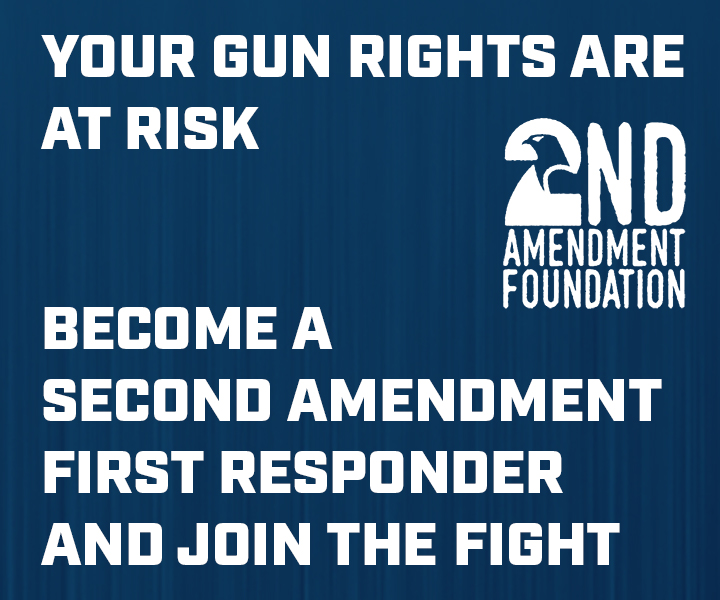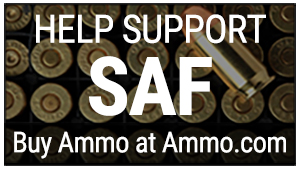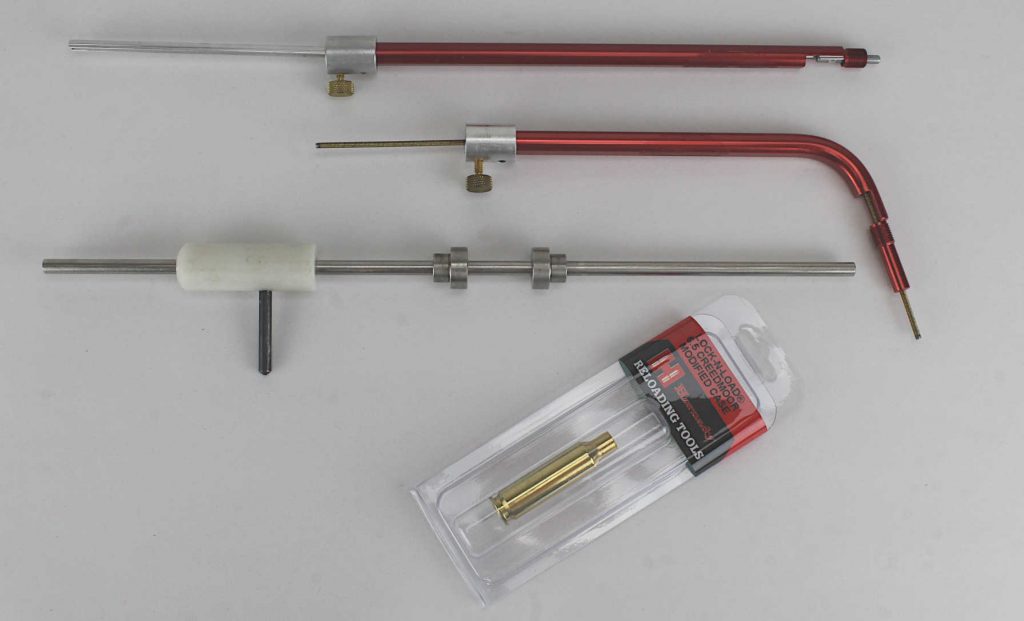
By Art Merrill | Reloading Editor
You’ve likely heard the adage, “Build a better mousetrap and the world will beat a path to your door.”
Certainly, every maker of handloading tools has heard it, and every one of them believes they have the better mousetrap. And you know what? They do. Each of them will have a similar tool that performs the same task – say, size a case neck – and each of their tools will have some advantage over the next guy’s tools. That’s the beauty of consumer capitalism in a culture that promotes innovation; we handloaders can find just about any tool to suit our needs, desires, budgets, opinions, whims or biases.
With that in mind, let’s take a step from beginning handloading to more advanced precision handloading which, of course, calls for the purchase of more tooling. And with basic handloading skills and tools already exercised and on-call, the cartridge overall length (COL) gauge and comparators are wise and logical next purchases for the handloader ready to move ahead. Here are mousetraps from two manufacturers, each of them potentially better than other until you decide which is the better for you.
Why adjust COL?
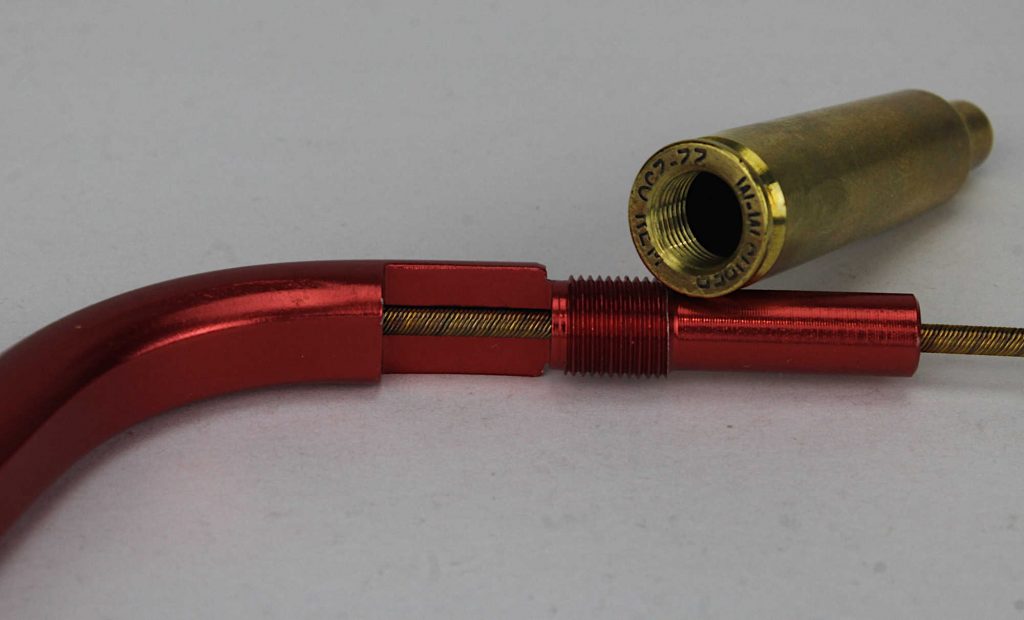
First, however, let’s ask why we need these tools for precision handloading. As a beginning handloader, complying with the COL given in load data manuals ensures a cartridge will physically, safely fit a firearm’s chamber. But a longer COL that starts the bullet closer to the barrel’s rifling can significantly enhance downrange accuracy. COL determines how far – if at all – a bullet must “jump” from the cartridge case and across a chamber leade before it finally engages the rifling. The leade is a kind of transition zone from chamber to bore. Also, when fire forming cases for a cartridge conversion, we want to seat the bullet’s ogive right up against the rifling. Precisely determining and adjusting the bullet’s “jump” distance across the leade, or seating it into the lands, is the job of the COL gauge and comparator.
Hornady LNL C.O.L. Gauge
Formerly known as a Stoney Point Chamber-All COL gauge, Hornady’s Lock N Load O.A.L. Gauge is the better-known of the two COL gauges presented here. The gauge has two configurations, one being straight for use with bolt action and some single shot actions, and the other curved to work through the ejection ports of semi-autos, lever guns and pump actions. The curved version, incidentally, also works with bolt actions.
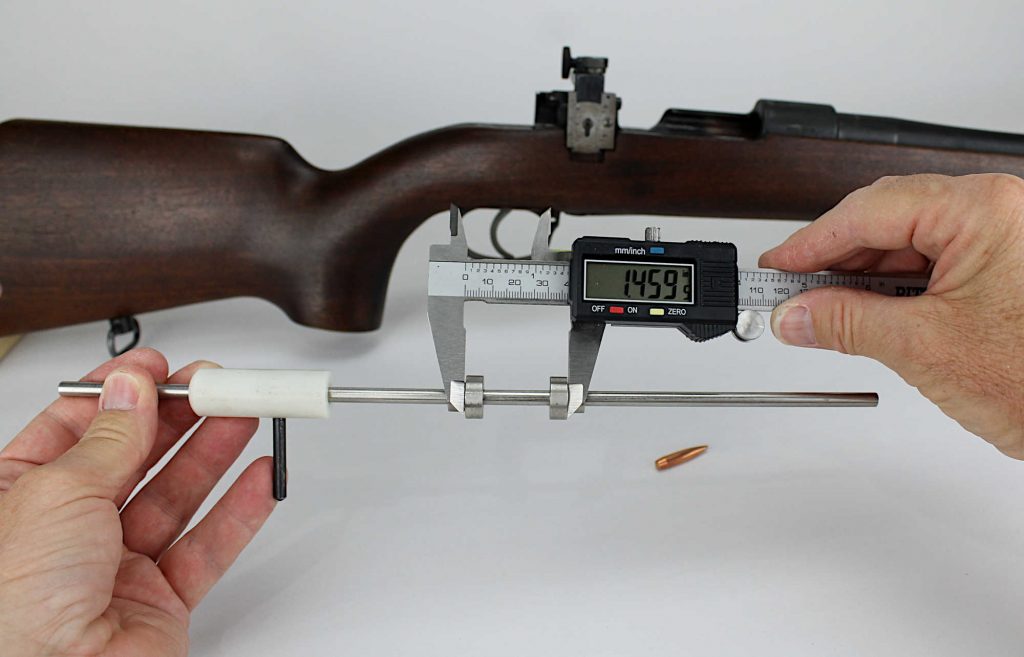
Hornady’s gauge requires the use of modified empty cartridge cases that are drilled and tapped through the case head for mounting on a threaded portion of the gauge; the case mouth, too, is opened up a bit oversize to easily slide over the appropriate-caliber bullet. A stiffened cable running through the center length of the gauge acts as a bullet stop. After threading the modified case onto the gauge, drop a bullet into the chamber, slide the modified case onto the bullet until the cartridge stops in the chamber, push the stiffened cable forward until it hits the bottom of the bullet, then lock the set screw. Remove the bullet from the chamber, drop it into the modified case’s mouth until the cable stops it, and measure.
Hornady’s Lock N Load C.O.L. Gauge retails for about $40, and they make a wide selection of cases modified to fit it, which go for about $7 – $8 each. For $15 Hornady will thread a fired case, including wildcats, that users send to the company.
Sinclair Seating Depth Gage
Sinclair makes a COL gauge that works a bit differently.
With the Sinclair gauge, you drop your selected bullet into the chamber and seat it firmly but gently into the rifling with a light tap from a wooden dowel or cleaning rod.
Insert the Sinclair gauge rod into the action and lock the nylon bolt guide into the bolt handle cutout; push the rod forward until it meets the bullet base, slide the first stop against the bolt guide and lock the set screw. Remove the bullet, insert a fired case (with the fired primer still in place), tap it lightly home with the dowel, then slide the next stop up against the bolt guide and lock the set screw. Measuring the distance between the two stops provides the length from the case head/bolt face to the bottom of the bullet; add the length of the bullet and the result is the COL to the tip of the bullet.
The advantage of the Sinclair type of overall cartridge length gauge is that it does not require purchasing cartridge-specific threaded and neck-sized cases, like the Hornady gauge; its disadvantage is that the basic model with Delrin bolt guide stop works only on bolt actions and some falling block actions. That said, bolt guide stops specific to the AR-15, AR-10, and a variety of Cooper, Kimber, Tubb, CZ and Sako actions are also available for about an extra $11 each. These, plus the basic Sinclair COL gauge for $32, are on the Brownell’s website.
Comparing comparators
Note that both tools measure COL with the bullet ogive seated in the lands.
Precision handloaders measure COL not to the bullet’s tip (meplat), but to the bullet ogive. This is because the manufacturing process for many bullets can render tips that vary up to a couple hundredths of an inch in length from bullet to bullet in the same box; as well, the bullet tip never engages the rifling anyway.
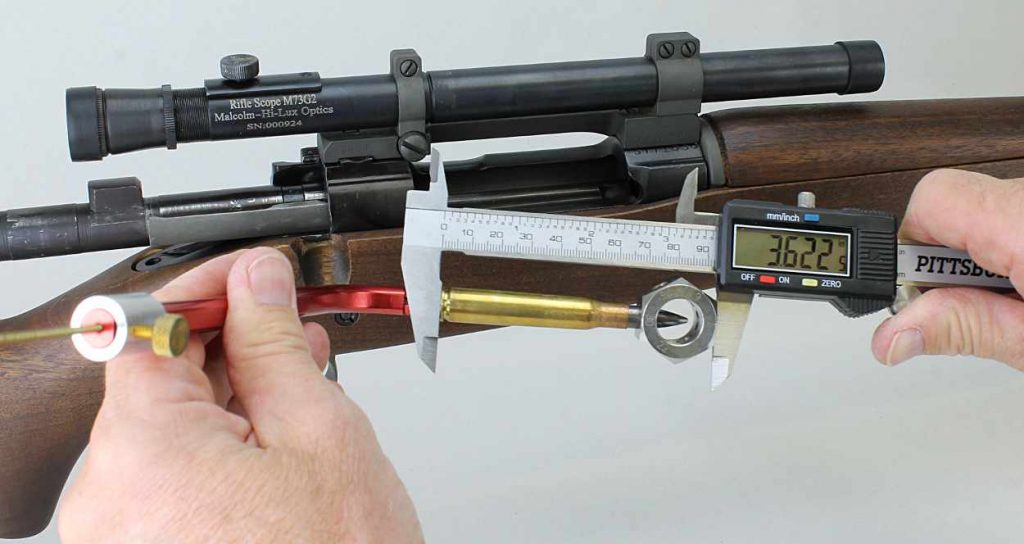
What we really want is to place the bullet’s ogive – the forward most part of the bullet that reaches full diameter and first engages the rifling – a known distance from the start of the rifling. Especially with secant ogive bullets like those from Berger, there’s a “sweet spot” where best precision and accuracy is realized, often with the ogive starting .001 to .005 inch from the rifling lands. Because bullet length to the tips can vary more than that, and because we need to precisely vary COL until we find that bullet seating depth sweet spot, measuring COL to the bullet tip isn’t going to work for us.
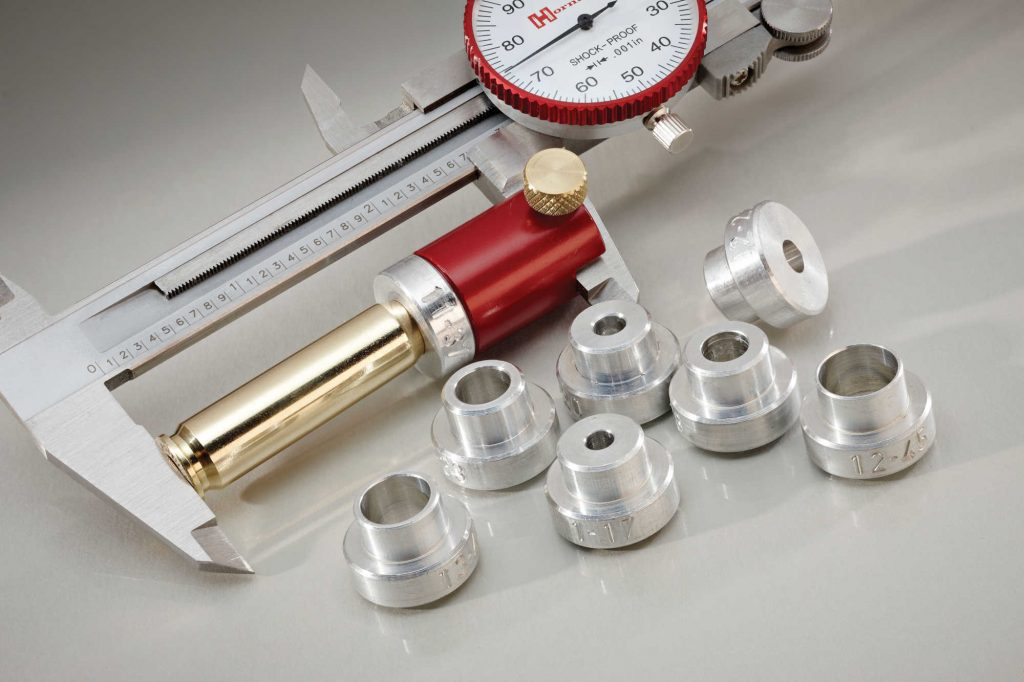
To this end we utilize bullet comparators. Again, the two most popular are from Hornady and Sinclair. Hornady’s insert-style version clamps directly onto a caliper and takes caliber-specific inserts. Sinclair’s hex style comparator is a hefty steel hexagon precisely drilled (and cut with throating reamers) with a specific caliber hole on each edge; insert the bulleted end of a loaded round into the appropriate hole and measure from cartridge base to the top of the comparator.
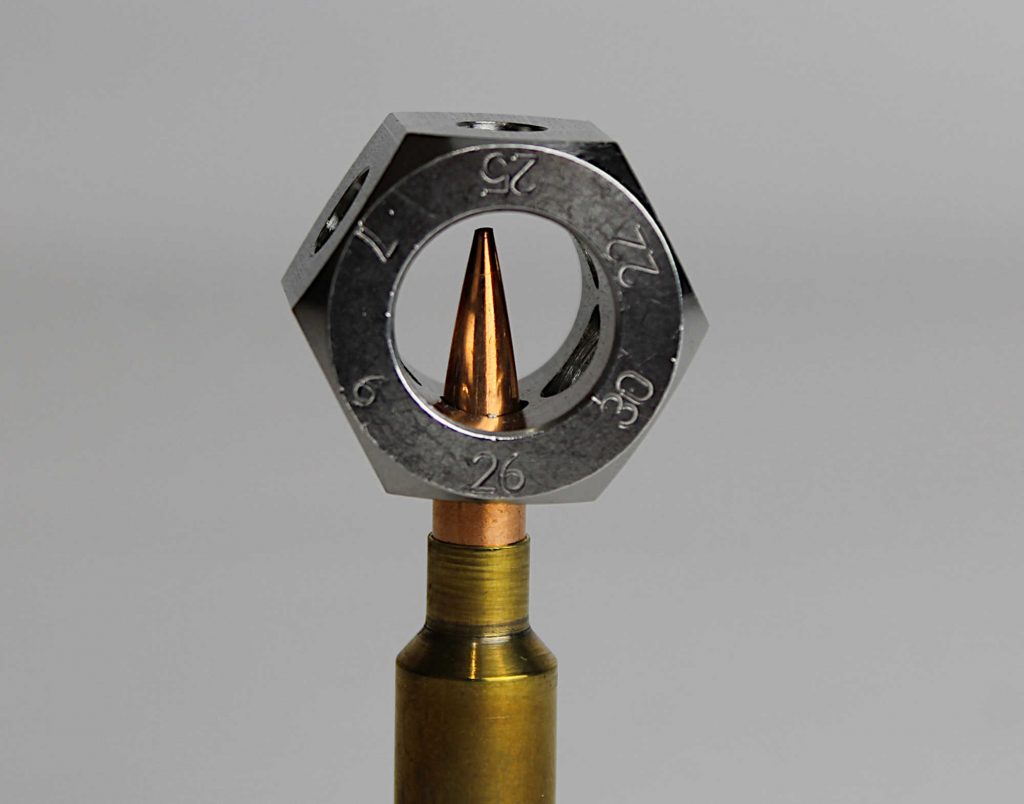
At $20 each, the Sinclair hex style comparators are inexpensive and self-contained, two comparators cover all common rifle calibers from .17 to .33, but it takes some finesse to manipulate the tool, cartridge and caliper together to achieve an accurate measurement. There’s less fumbling with Hornady’s arrangement, but the Hornady requires a collection of caliber-specific inserts; the comparator body and 14 inserts runs about $54. Sinclair, too, makes a caliper-mounted, insert style comparator that works pretty much the same way as the Hornady, with the added function of a case shoulder bump gauge, but that’s a different discussion.
If one were to insist on an experienced opinion as to which of these tools is best, having used Stoney Point/Hornady and Sinclair gauges, as well as Sinclair’s hex style comparators for several decades, I can opine with confidence that both said companies have indeed made the better mousetrap.

